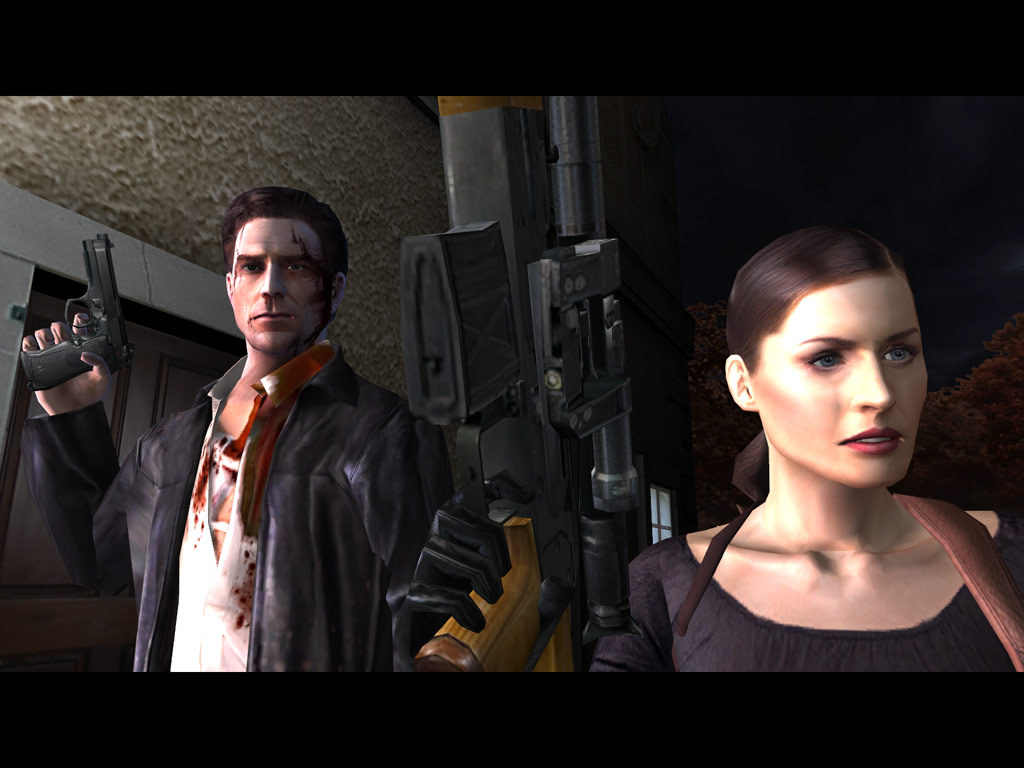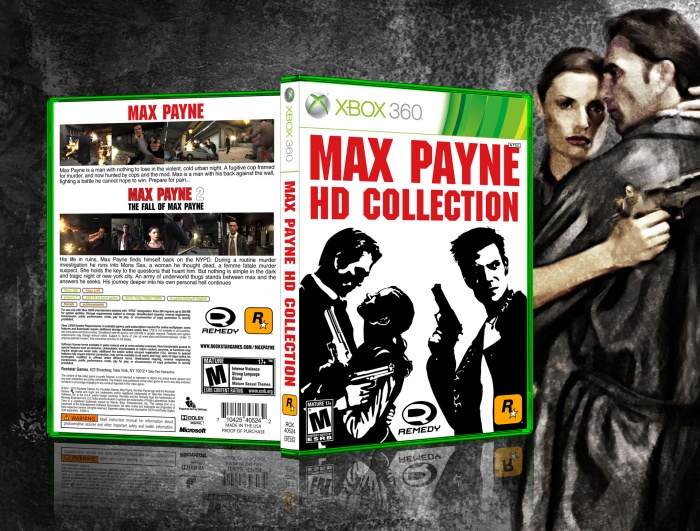
Here you get to fight through a massive construction site, with encounters on scaffolding and rooftops, or actually walk around the precinct Max works in.

Like the original Max Payne, you’re going to find yourself skulking through the grimy, graffiti-adorned bowels of New York, but this time round, the scale is so much bigger. Crucially though, it’s not just the technical bits that got a lick of paint, but a lot of the more artistic elements, too, starting with the level design. Crucially, though, none of the above would be much use if the heinous enemy placement from the original hadn’t been fixed, and I’m pleased to report that while I still died a lot, I never screamed “do one” at my tv.Īs regards gameplay alone, then, it’s basically the original Max Payne, just better this time. The arsenal is much expanded as well, including the very welcome ability to dual-wield Desert Eagles (which now appropriately blow people away,) and use proper submachine guns and scoped weapons with greater flexibility. There’s still some amount of random spread on guns, but it feels a lot less like hip-firing in Call of Duty this time, and that’s welcome. Gunplay in general gets a definite improvement, chief among which is that the guns in Max Payne are substantially more precise, meaning that longer range encounters are much more viable this time. You can still use the dive that you abused in Max Payne 1, but now you can continue shooting when you’re on the ground, which neatly fixes one of the biggest flaws with the dive originally. Now, bullet time handles differently, recharging over time instead of after killing an enemy, and being easily activated by a single button press, instead of being more tightly linked to the John Woo button.

Besides the graphics, the gameplay got the last bit of polish that it so deserved in the original. But that’s not the only thing that’s been improved. Seriously, crank the graphics up, and Max Payne 2 looks years younger. Not only that, but it even gives games that came out later, like half-life 2 and even FEAR a run for their money. In fact, Max’s new and improved face isn’t just a marked improvement over last time, but with proper facial animations this time and a few other tweaks, Max’s face actually holds up today. What a difference two years and a 9/11 makes: no longer is the lighting clearly painted on to the walls and floor, no longer does Max have about five points of articulation on his entire body, and no longer is he perpetually making that face. If the moodier menu music, slicker opening cinematic and subtly different tone in the comic sequence didn’t strike you as a difference, then the graphics on the opening level certainly clue you in that you’ll be playing a very different experience indeed. Arguably the jewel in Remedy’s crown, Max Payne 2 is still held up today as a highlight of third person action games, but what’s all the fuss about, particularly to somebody fairly fresh on the series? Let’s fall down the hole, shall we? That developer is Remedy, and the slide under my microscope today is Max Payne 2.

Welcome to “A Remedy For What Ails You,” a five-part retrospective on one of my favourite developers. Oh well, that’s how the cookie crumbles, I guess. Max Payne 2: The Fall of Max Payne (PC) reviewĪlas, dear readers, I’m afraid that due to unknown gremlins, I lost just about every screenshot I took a few weeks back, meaning that this review will be sans images.


 0 kommentar(er)
0 kommentar(er)
